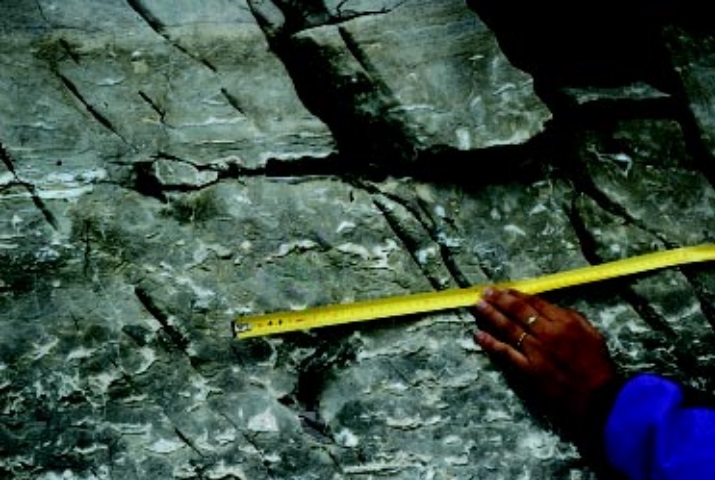Vertical Zonation of the Speleogenetic Space
DOI:
https://doi.org/10.3986/ac.v28i2.492Povzetek
Namen članka je pokazati, da ne obstoji samo prostorska domena, kjer podzemske kraške oblike sistematično prehajajo v nekaj drugega in izginjajo, ampak tudi, da lahko na osnovi tega znanja kraške votline trdneje vpnemo v logični okvir geospeleološkega prostora/časa. Prava kraška jama je vsaka podzemska kraška oblika, ki je nastala kot posledica odnašanja mase v raztopini, ob pogoju, da je trajekrotorija vodnega toka, ki jo je izoblikoval, tekla skozi (jamo), ne glede na njene izmere. Speleogenetski prostor definiramo v tem kontekstu kot tisti del Zemljine skorje, v katerem lahko nastajajo kraške jame. Tedaj je zakrasela kamninska masa aktiviran speleogenetski prostor. Zaradi denudacije in zniževanja gladine podtalnice se zdi, da posamezna jama po speleogentskem prostoru potuje navzgor, dokler ne doseže površja. Kraška denudacija deluje navpično in prizadeva matično kamnino znotraj cele vrhnje plasti, isto pa seveda velja za vse oblike znotraj kamnine. Zato lahko uvedemo pojem speleotanske cone. Znotraj nje je napadena vsa kamnina, na vsaki možni površini in končna posledica je njeno popolno izničenje. Slično razgradnjo bodo v stiku z agresivno vodo doživele vse strukture v kamnini, ne glede na izvor. Glede na značilno oblikovanje/razgrajevanje kraških votlin lahko znotraj spelogenetskega prostora definiramo tri speleoformativne/de-formativne cone.
The point of this paper is to demonstrate that not only the spatial domain where underground karst phenomena are being systematically transformed exist but also that this knowledge makes the role of caves within the geospeleological space/time more consistent. A true cave is any underground karst feature resulting from mass removal, regardless of its dimensions provided that the trajectory of the formative water passes through the cave and that the mass is removed in liquid phase (solution). Speleogenetic space is defined as that portion of the Earth’s crust within which karst caverns may be formed. Thus, a karstified rock mass is defined as activated speleogenetic space. Due to the effects of denudation and watertable lowering, as the time passes a single cave seems to move upwards through speleogentic space, until it reaches the surface. The denudational logic of the karst surface is vertical, and the rock suffers disintegration throughout the thickness of its outermost layers. The same argument applies also to in-rock features. Consequently, the idea of the speleothanatic zone is introduced. Within it all of the rock is attacked, on any possible surface, and the final result is its complete annihilation. It may be expected that all structures, of any origin, that expose the rock surface to contact with aggressive water, will evolve via some “speleothanatic” progression. It is demonstrated that three vertical zones of specific formative/de-formative processes exist within speleogenetic space.
Prenosi

Prenosi
Objavljeno
Kako citirati
Številka
Rubrike
Licenca
Avtorji jamčijo, da je delo njihova avtorska stvaritev, da v njem niso kršene avtorske pravice tretjih oseb ali kake druge pravice. V primeru zahtevkov tretjih oseb se avtorji zavezujejo, da bodo varovali interese založnika ter da bodo povrnili morebitno škodo.
Podrobneje v rubriki: Prispevki




